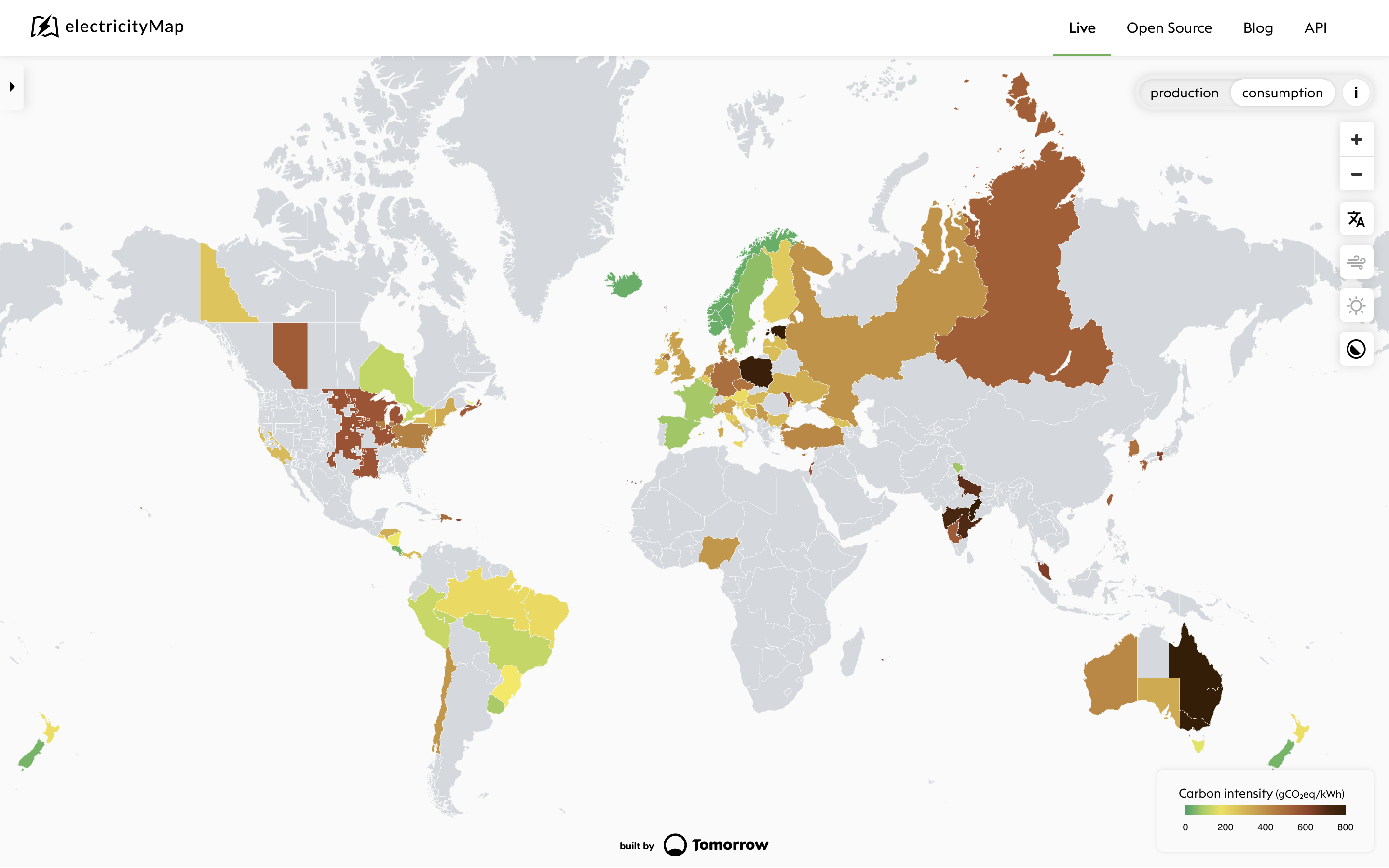More detail has emerged from a 173-page complaint filed last week in the lawsuit brought against Google by a number of US states, including allegations that Google deliberately throttled advertisements not served to its AMP (Accelerated Mobile) pages.
The lawsuit – as we explained at the end of last week – was originally filed in December 2020 and concerns alleged anti-competitive practice in digital advertising. The latest document, filed on Friday, makes fresh claims alleging ad-throttling around AMP.
Google introduced AMP in 2015, with the stated purpose of accelerating mobile web pages. An AMP page is a second version of a web page using AMP components and restricted JavaScript, and is usually served via Google’s content delivery network. Until 2018, the AMP project, although open source, had as part of its governance a BDFL (Benevolent Dictator for Life), this being Google’s Malte Ubl, the technical lead for AMP.
In 2018, Ubl posted that this changed “from a single Tech lead to a Technical Steering Committee”. The TSC sets its own membership and has a stated goal of “no more than 1/3 of the TSC from one employer”, though currently has nine members, of whom four are from Google, including operating director Joey Rozier.
According to the Friday court filing, representing the second amended complaint [PDF] from the plaintiffs, “Google ad server employees met with AMP employees to strategize about using AMP to impede header bidding.” Header bidding, as described in our earlier coverage, enabled publishers to offer ad space to multiple ad exchanges, rather than exclusively to Google’s ad exchange. The suit alleges that AMP limited the compatibility with header bidding to just “a few exchanges,” and “routed rival exchange bids through Google’s ad server so that Google could continue to peek at their bids and trade on inside information”.
The lawsuit also states that Google’s claims of faster performance for AMP pages “were not true for publishers that designed their web pages for speed”.
A more serious claim is that: “Google throttles the load time of non-AMP ads by giving them artificial one-second delays in order to give Google AMP a ‘nice comparative boost’. Throttling non-AMP ads slows down header bidding, which Google then uses to denigrate header bidding for being too slow.”
The document goes on to allege that: “Internally, Google employees grappled with ‘how to [publicly] justify [Google] making something slower’.”
Google promoted AMP in part by ranking non-AMP pages below AMP pages in search results, and featuring a “Search AMP Carousel” specifically for AMP content. This presented what the complaint claims was a “Faustian bargain,” where “(1) publishers who used header bidding would see the traffic to their site drop precipitously from Google suppressing their ranking in search and re-directing traffic to AMP-compatible publishers; or (2) publishers could adopt AMP pages to maintain traffic flow but forgo exchange competition in header bidding, which would make them more money on an impression-by-impression basis.”
The complaint further alleges that “According to Google’s internal documents, [publishers made] 40 per cent less revenue on AMP pages.”
A brief history of AMP
AMP was controversial from its first inception. In 2017 developer Jeremy Keith described AMP as deceptive, drawing defensive remarks from Ubl. Keith later joined the AMP advisory committee, but resigned in August saying that “I can’t in good faith continue to advise on the AMP project for the OpenJS Foundation when it has become clear to me that AMP remains a Google product, with only a subset of pieces that could even be considered open source.”
One complaint is that the AMP specification requires a link to Google-hosted JavaScript.
In May 2020 Google stated it would “remove the AMP requirement from Top Stories eligibility”.
This was confirmed in April 2021, when Google posted about an update to its “page experience” whereby “the Top Stories carousel feature on Google Search will be updated to include all news content, as long as it meets the Google News policies. This means that using the AMP format is no longer required.” In addition, “we will no longer show the AMP badge icon to indicate AMP content.” Finally, Google Search signed exchanges, which pre-fetches content to speed page rendering on sites which support the feature, was extended to all web pages where it was previously restricted to AMP pages.
This is evidence that Google is pulling back from its promotion of AMP, though it also said that “Google continues to support AMP”.
As for the complaint, it alleges that Google has an inherent conflict of interest. According to the filing: “Google was able to demand that it represent the buy-side (i.e., advertisers), where it extracted one fee, as well as the sell-side (i.e., publishers), where it extracted a second fee, and it was also able to force transactions to clear in its exchange, where it extracted a third, even larger, fee.”
The company also has more influence than any other on web standards, thanks to the dominant Chrome browser and Chromium browser engine, and on mobile technology, thanks to Android.
That Google would devise a standard from which it benefited is not surprising, but the allegation of deliberately delaying ads on other formats in order to promote it is disturbing and we have asked the company to comment.





